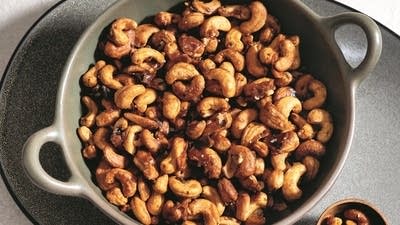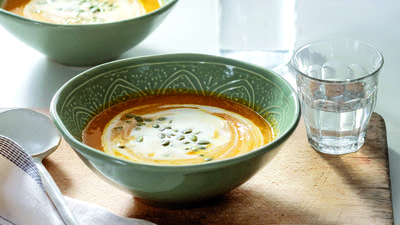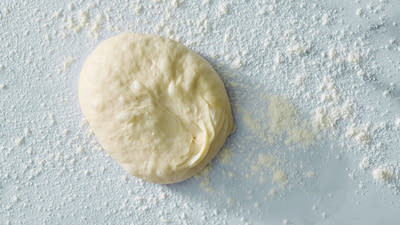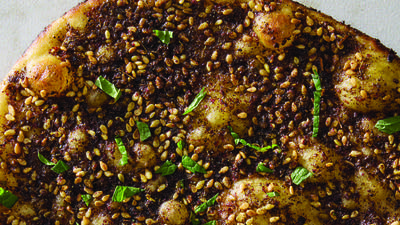Sherry is a fortified wine that has been largely ignored, a circumstance contributing to its attractive price and making it one of the great values in the wine world. Mary Ewing Mulligan, co-author with her husband Ed McCarthy of Wine for Dummies, says Sherries are wines of true quality and diversity, worthy of discovery.
There are two basic types of Sherry: fino, aged under a blanket of yeast (flor) covering the surface of the wine, is lightly fortified to about 15.5 percent alcohol, has a distinct aroma and flavor, and is dry and delicate. Oloroso is also dry, but is aged without yeast and is fortified to 18 percent alcohol. The flavor is rich, full, and nutty.
The light, dry fino Sherries must be fresh. Buy from stores with rapid turnover and consider purchasing half-bottles. Drink young and serve chilled. Keep opened bottles refrigerated and consume quickly. These Sherries don't keep well. Serve finos with green olives, almonds, and seafood.
Serve dry olorosos with nuts and hard cheeses such as Manchego, the Spanish sheep-milk cheese. Because of the higher alcohol content and oxidative aging, olorosos can be held for several years.
There are the main styles of dry Sherries:
Fino: Pale, straw-colored, light, delicate, dry.
Manzanilla: Pale, straw-colored, delicate, light, tangy and very dry.
Amontillado: Amber-colored, richer, nuttier, dry but with some tang. Serve cool and don't keep longer than a week.
Oloroso: Dark gold to deep brown, full-bodied, rich flavor, and aroma with a dry finish.
Palo Cortado: The rarest of all Sherries with color similar to an oloroso and aroma like an amontillado. Serve at room temperature. Will age similar to Olorosos. Beware of cheap imitations.
Before you go...
Each week, The Splendid Table brings you stories that expand your world view, inspire you to try something new, and show how food connects us all. We rely on your generous support. For as little as $5 a month, you can have a lasting impact on The Splendid Table. And, when you donate, you’ll join a community of like-minded individuals who love good food, good conversation, and kitchen companionship. Show your love for The Splendid Table with a gift today.
Thank you for your support.
Donate today for as little as $5.00 a month. Your gift only takes a few minutes and has a lasting impact on The Splendid Table and you'll be welcomed into The Splendid Table Co-op.



